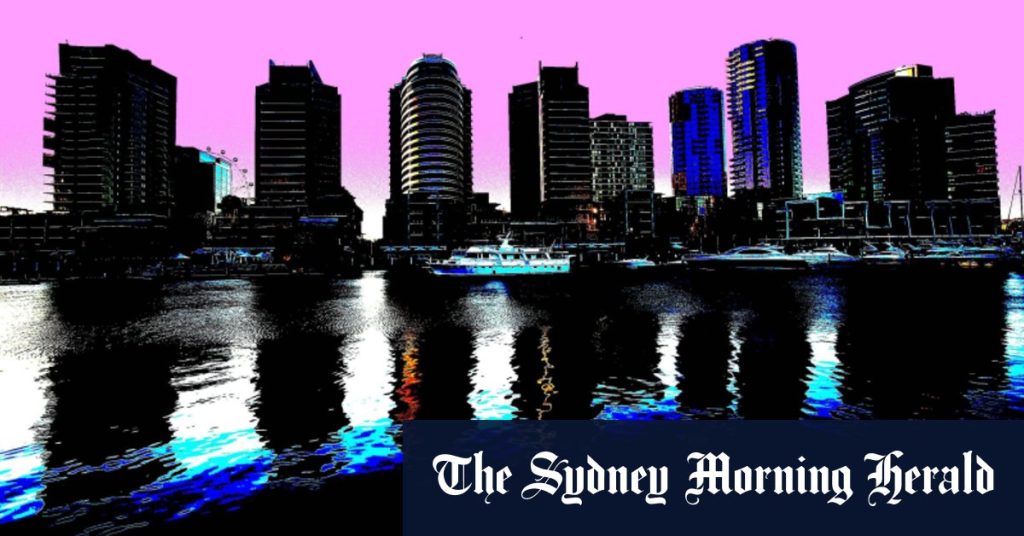Docklands, once envisioned as a vibrant hub brimming with life and activity, has been marred by criticism as a lifeless concrete jungle. The suburb’s development has faced numerous challenges, including a lack of community engagement, poor urban planning, and limited accessibility. Many blame the focus on commercial development at the expense of public amenities for the area’s shortcomings. Despite these setbacks, there is still hope that Docklands can be transformed into a thriving neighbourhood that attracts residents and visitors alike.
One of the key issues that have plagued Docklands is the lack of community engagement in the planning and development process. Many residents have expressed disappointment with the uninspiring architecture and limited green spaces in the area. The focus on commercial development has overshadowed the need for public amenities and community spaces that foster a sense of belonging and connectedness. Without involving the community in decision-making processes, Docklands has struggled to create a cohesive and vibrant neighbourhood that resonates with its residents.
Urban planning has also played a significant role in shaping Docklands’ current state. The suburb’s layout features vast expanses of concrete and glass towers that offer little in terms of human-scale environments. The lack of mixed-use developments and diversity in building designs has contributed to a sterile and uninviting atmosphere. Many argue that Docklands’ urban planning has prioritized commercial interests over creating a liveable and enjoyable place for residents. To revitalize the suburb, there is a need to rethink urban planning strategies and prioritize creating a diverse mix of residential, commercial, and recreational spaces.
Accessibility is another key challenge that Docklands faces. The suburb is disconnected from the rest of Melbourne, making it difficult for residents and visitors to access the area. Limited public transport options and a lack of pedestrian-friendly infrastructure further exacerbate the issue. Improving connectivity to Docklands, both within the suburb and to surrounding areas, is crucial to attracting people to the area and creating a sense of belonging. By enhancing public transport links, creating walkable streets, and improving cycling infrastructure, Docklands can become a more accessible and inviting neighbourhood.
Despite its current shortcomings, there is still hope for Docklands to transform into a vibrant and thriving suburb. By addressing issues such as community engagement, urban planning, and accessibility, Docklands has the potential to become a neighbourhood that offers a high quality of life for its residents. Embracing a mixed-use approach to development, creating diverse and engaging public spaces, and prioritizing the needs of the community are essential steps towards revitalizing Docklands. With the right strategies and a commitment to creating a liveable and sustainable environment, Docklands has the opportunity to shed its reputation as a lifeless concrete jungle and emerge as a dynamic and vibrant hub in Melbourne.


